Center Group Leaders

Marc Diamond, M.D.
Center Director
Professor, Neurology and Neurotherapeutics, Neuroscience
Lab website
Dr. Diamond joined the faculty of UT Southwestern Medical Center in 2014 as the founding director of the Center for Alzheimer’s and Neurodegenerative Diseases. His research focuses on neurodegeneration from the standpoint of proteins that adopt a self-replicating pathological conformation. His group has elucidated the prion model to explain common neurodegenerative disorders. According to this idea, certain pathological proteins replicate distinct pathological structures and cause distinct patterns of neuropathology. The Diamond lab focuses on elucidating fundamental cellular and molecular mechanisms of neurodegeneration.
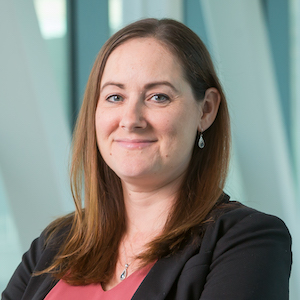
Rachel Bailey, Ph.D.
Assistant Professor, Pediatrics
Associate Director, UT Southwestern Rare Disease Center
Lab website
Dr. Bailey focuses on designing viral-based gene therapies for neurological disorders, optimizing their delivery to the nervous system, and translating these therapies into human testing. Her lab is currently developing gene therapies for rare pediatric disorders and for Alzheimer’s disease and other neurodegenerative disorders.
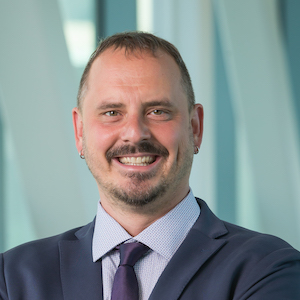
Lukasz Joachimiak, Ph.D.
Associate Professor, Biochemistry
Lab website
The Joachimiak lab uses structural and biochemical approaches to study how changes in protein conformation drive self-assembly into larger structures and the role of cofactors in tuning these assembly pathways. Revealing the structural and mechanistic basis for self-associating proteins complexed with other factors will have important implications for understanding the pathology of neurodegenerative diseases. The lab focuses on three main areas: molecular recognition in tuning protein conformation, method development in hybrid structural analysis of protein complexes, and design of molecular recognition.
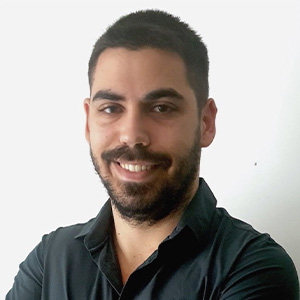
Nikolaos Louros, Ph.D.
Assistant Professor, Biophysics
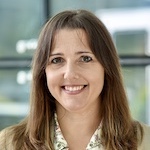
Lorena Saelices, Ph.D.
Assistant Professor, Biophysics
Lab website
The Saelices lab employs crystallography and cryo-electron microscopy to study the molecular basis of amyloid deposition. We then use rational and computational design to generate probes that bind these structures and that can be used as inhibitory agents or as detection tools.
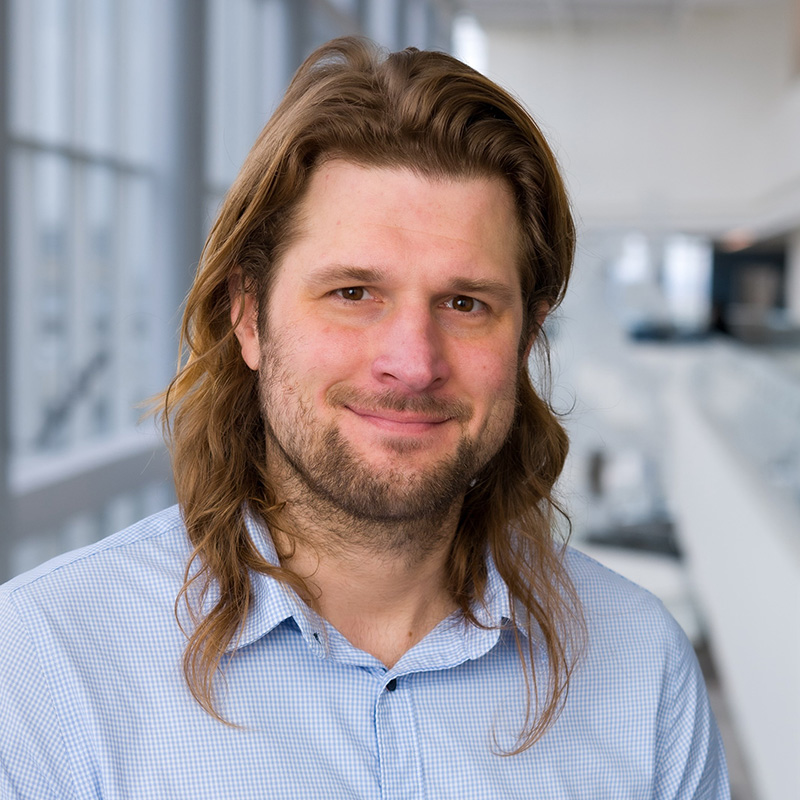
David Sanders, Ph.D.
Assistant Professor, Molecular Biology
Lab website
The Sanders lab seeks to understand how RNA/protein assemblies control cellular states, and how related pathways are hijacked by diseases of aging. We are particularly interested in uncovering the role of RNA (dys)homeostasis in the pathogenesis of neuromuscular diseases. Toward this goal, we use diverse experimental approaches from in vitro reconstitution to mammalian cell culture, with an emphasis on quantitative microscopy and -omics technologies. We are passionate advocates for curiosity-based scientific inquiry, in which hypotheses, independent of past successes (or failures), are rigorously tested using question-dependent methodologies. We embrace risk and seek fellow lab members who share their insatiable curiosity for discovery.
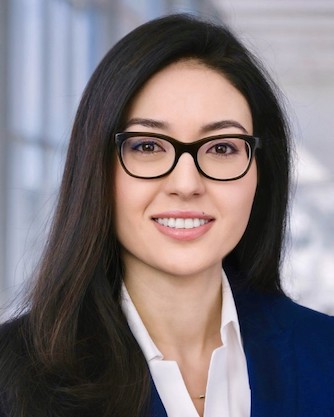
Sarah Shahmoradian, Ph.D.
Assistant Professor, Biophysics
Lab Website
The Shahmoradian lab employs correlative light and electron microscopy and cryo-electron tomography to study in situ cellular components and macromolecular assemblies that are involved in pathological protein aggregation in neurodegenerative disease. We also employ materials science to develop and apply technologies for multi-scale imaging.
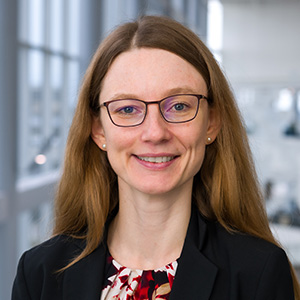
Barbara Stopschinski, M.D.
Assistant Professor, Neurology
Dr. Stopschinski is a neurologist and physician-scientist and seeks to connect basic and translational science with her work in patient care. Her clinical work is dedicated to patients with cognitive and memory impairment due to Alzheimer’s Disease and other neurodegenerative conditions. Her research is focused on the molecular and cellular mechanisms driving tau uptake and propagation and the mechanisms connecting neuroinflammation and neurodegeneration in tauopathies. She applies a range of methods including protein biochemistry, cellular and molecular biology, pre-clinical mouse models, and analysis of patient-derived samples.
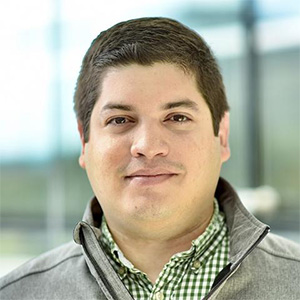
Jaime Vaquer-Alicea, Ph.D.
Assistant Professor, Biochemistry
Affiliated Faculty
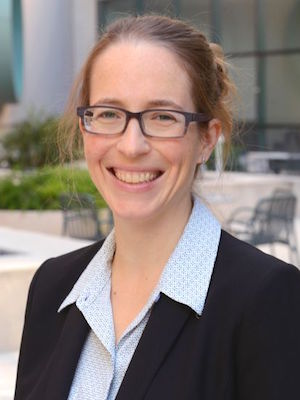
Kendra Frederick, Ph.D.
Assistant Professor, Biophysics
Dr. Frederick uses an integrated structural biology approach encompassing NMR spectroscopy, protein chemistry, and yeast genetics to determine the structures, dynamics, and energetics of protein folding in complex physiological environments.
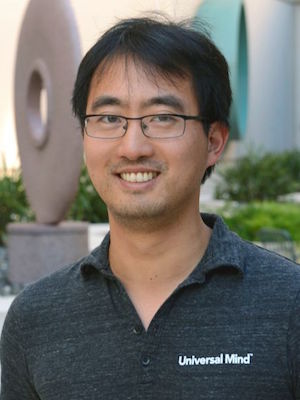
Milo Lin, Ph.D.
Assistant Professor, Green Center for Systems Biology, Biophysics
Dr. Lin studies the timing of molecular interactions that underlies protein folding and function, sensing networks, and other complex biochemical systems.
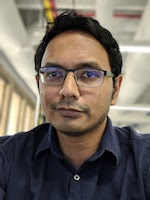
Satwik Rajaram, Ph.D.
Assistant Professor, Bioinformatics
Lab website
The Rajaram Lab develops machine-learning approaches for image analysis of histopathological tissue to better understand the underlying biology of neurodegenerative disease.
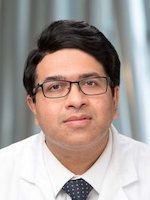
Bhavya Shah, M.D
Assistant Professor, Radiology
Dr. Shah's research interests encompass transcranial focused ultrasound (FUS) for treatment of Alzheimer's Disease and brain tumors, nerve stimulation to improve limb function after stroke, and innovations in biomedical devices.
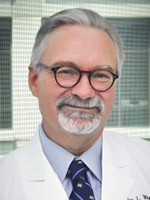
Charles White, M.D.
Professor, Pathology
Dr. White is a neuropathologist whose clinical and research interests focus on neurodegenerative brain disorders, employing digital and quantitative microscopy, immunohistochemistry, and tissue microarray technology.
